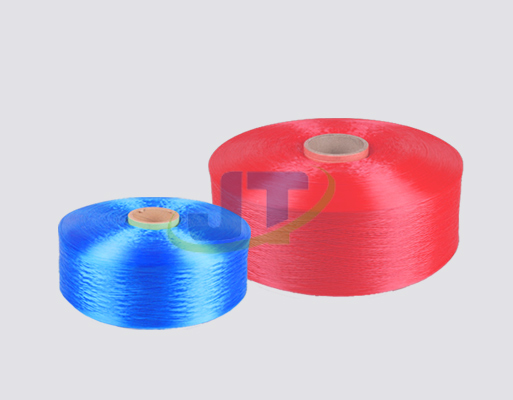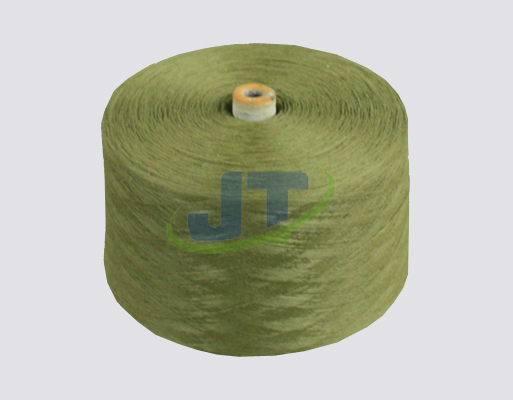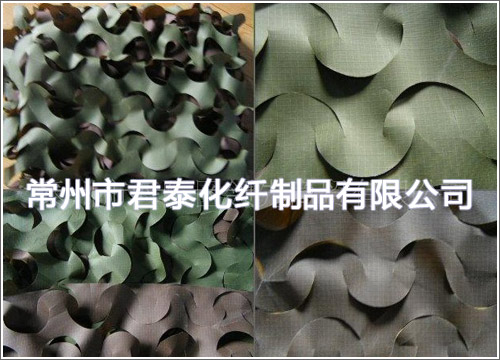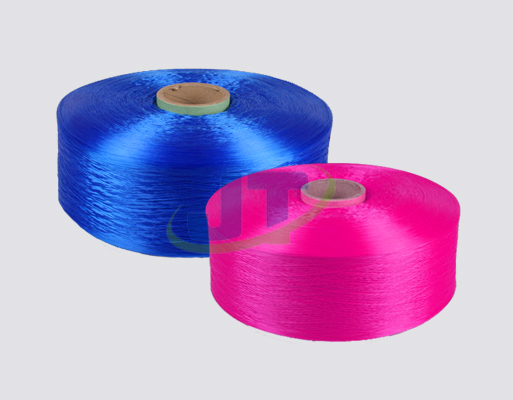

- Tel:0086-519-83783531
- cel:0086-13961177625
- E-mail:jianglijing1022@126.com
- add:cheng zhang Jia zeTown Wujin District, Changzhou City, Jiangsu Province
Since the beginning of this year, complicated factors such as repeated epidemics, prolonged geopolitical conflicts and a tightening international financial environment have continued to impact the process of global economic recovery. In the third quarter, inflation rose across the board, and the unusually hot and dry weather in the Northern hemisphere aggravated the contradiction between supply and demand, and economic growth slowed significantly. The J.P. Morgan global manufacturing Purchasing Managers' Index (PMI) hit a 26-month low of 50.3 in August, barely above the line between expansion and contraction, while new orders came in at 48.2, reflecting continued sluggish demand and weakening momentum in the global economic recovery. The OECD consumer confidence index, at 96.2 in July, has been in contraction territory for 12 consecutive months and has been slowing every month this year. In the third quarter, the WTO Global Trade in Goods Barometer Index recovered to the benchmark level of 100, but it was 10 percentage points lower than the same period last year. Global commodity prices have fallen slightly from their peak levels in the first quarter, but IMF primary product prices and energy prices in July were still up 38.4% and 90.1% year-on-year, respectively. Inflationary pressure is still not alleviated, with nearly 40% of OECD member countries' CPI rising more than 10%.
In the face of the three expected internal pressures of demand contraction, supply shock and weakening expectations, as well as the two unexpected shocks of the pandemic and the Russia-Ukraine conflict, China's GDP grew by 2.5% in the first half of this year, showing an initial momentum of economic recovery after bottoming out. Since July, China's economy has overcome the impact of the flood epidemic and hot weather fluctuations, and continued its recovery trend, but the foundation for recovery still needs to be consolidated. Statistics show that from January to July, the total retail sales of consumer goods decreased by 0.2% year on year, the total export volume (denominated in U.S. dollars) increased by 14.6% year on year, and the industrial added value of enterprises above designated size increased by 3.5% year on year, which was 0.5, 0.6 and 0.1 percentage points higher than that in the first half of the year respectively. The total profit in the same period decreased by 1.1% year on year, and the growth rate was 2.1 percentage points lower than that in the first half of the year. Under the influence of multiple epidemic spots, continuous high temperature and rainy weather, power rationing and power saving in Sichuan, Chongqing and the middle and lower reaches of the Yangtze River, China's manufacturing PMI in August continued the weak recovery trend since July. Although it picked up 0.4 percentage points from the previous month to 49.4%, it was still in the contraction range.
Since the third quarter, the off-season market of the textile industry is obvious, production orders are still insufficient, and the opening rate is maintained at a low level. The price of finished products experienced a rapid decline and then low shock from mid-June to mid-July. Enterprises generally destock at a lower price to relieve the financial pressure, and the profit pressure continues to increase. Under this situation, the growth rate of industrial production and efficiency indicators slowed down significantly, and the decline in profits continued to expand. Recently, around the power brownouts measures gradually lifted, and near the peak season, just need began to emerge in the fall and winter thick fabric, garment enterprises with low a gauze is analyzed.the modestly, part of the upstream product shipped from the early stage of the accelerated, finished goods inventory is slightly lower, but weak demand, prices downward off-season market still not real end, enterprises have generally lower expectations for the peak season.
Looking into the fourth quarter, the external environment will become more severe and complex, the restraining effect of global liquidity contraction on final demand will continue, the adverse impact of inflation and high energy prices in some regions on the consumption of textile and clothing products will become more apparent, and the export market will face the risk of volatility. Textile industry domestic sales will be driven by the autumn and winter consumption season will recover, domestic demand recovery will be the key to the industry to achieve the bottom up, the domestic market will become the backbone of the stable development of the textile industry.
- High strength polypropylene yarn
- The textile industry is expected
- Polypropylene high-strength yarn
- Traditional industries are accel
- The polypropylene high-strength
- Can the United States really reb
- What are the advantages of polyp
- Us tariffs upgrade the "danger"
- Analysis on industrial applicati
- Freight volume bottoming out Is




